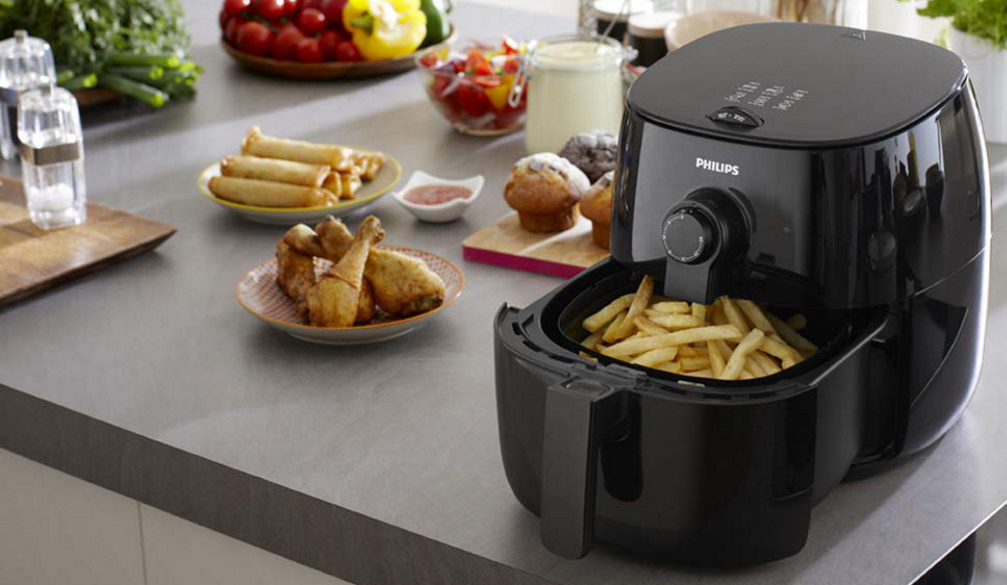Coalition’s tax-free lunch plan could cost $250 million or $10 billion – depending on who’s doing the sums
- Written by Dale Boccabella, Associate Professor of Taxation Law, UNSW Sydney

The 1980s are remembered for many things including power suits, the Ford Falcon and the long lunch.
The last was thanks to a generous interpretation of tax law as it applied to food and entertainment at “business meetings”. Bosses could deduct the cost of lunch with colleagues and contacts for tax purposes.
The Hawke government[1] ended that when it made sweeping changes to tax law the mid 80s including the introduction of a fringe benefits tax.
But the long lunch might return under a Coalition government.
Its estimated cost to the budget, however, swings wildly. The Parliamentary Budget Office puts the figure at A$250 million[2], while a government-commissioned study by Treasury says it could be between $1.6 billion and $10 billion [3].
The different estimates result from varied modelling of how many businesses would seek the deduction and the average amount each would claim. Shadow treasurer Angus Taylor[4] on Tuesday said it would cost less than $250 million. He said the Treasury estimates were “straight nonsense”.
The actual cost may also depend on whether the deduction would be limited to employees or could include spending on their family members and on clients. These things are not yet clear.
One thing that is clear, however, is higher spending at hospitality venues should bring in more tax from businesses to offset the lost deduction revenue.
Whatever rules emerge, enforcing them could be expensive. Some small businesses might be tempted to inflate their expenditure, or simply “reclassify” usual food and drink costs to make them eligible for a deduction.
Opposition leader Peter Dutton[6] announced the plan late last month. He said small businesses could claim deductions for meals and entertainment. This would be available to businesses with a turnover under $10 million and excluded alcohol.
The deduction would be capped at $20,000 a year. The policy would run initially for two years and would presumably be reviewed with a view to extending it or making it permanent.
Dutton gave two reasons[7] for reintroducing the exemption to the FBT. First, it was an incentive that would help retain and reward employees. Employees can get a “little bit of a return”, Dutton said at the time. Second, it would boost hospitality spending.
Overwhelmingly, this policy is an incentive for small businesses. However, tax policy experts argue[8] the tax system should not use targeted tax breaks to promote a particular economic activity.
One major concern is this plan runs counter to the reasonably clear boundary our income tax system has established between private consumption expenditure (not deductible) and income producing expenditure (deductible).
The 1985 deduction denial for entertainment expenditure is a central part of this framework; it squarely recognised the private consumption character of the expenditure and it has stood for 40 years in tax law. Serious analysis should be done before changes are made.
Also, it might lead to claims of “what about me?” Think, for example, of a small business taxpayer with a turnover of $12 million who misses out. What about an independent contractor who falls short of being a business?
It looks like the technical way the tax deduction is to be achieved will depend on who benefits from the food and entertainment. If the beneficiary is a customer of the small business, the small business will be given a deduction. If the employee benefits, the small business will get an exemption for the benefit and obtain a deduction for the expenditure.
Peter Dutton said in his announcement last month the Coalition was doing this in a way to ensure small businesses “are not dragged into a complicated tax jungle”.
The complexity of fringe benefits tax[10] is well known. Compliance costs are high and mistakes are made by taxpayers and tax agents. The complexity is greatest for entertainment spending where income tax interacts with fringe benefits tax and the GST.
Without knowing the proposed rules, there is a chance a small business incurring entertainment expenditure can avoid being brought into a “tax jungle” if they keep employees and customers at separate entertainment events.
If they do combine the two, some complications arise, but they are not insurmountable. In any event, tax agents and their clients tend to get used to their specific situation over time. Excluding alcohol does add a slight complication, though, because of the different treatment it will attract.
Overall, the concerns about this policy are real and substantial. It is worth recalling that there are many examples of poor tax policy[11] getting into legislation, and despite the significant evidence about them, they are not removed.
The capital gains tax discount is a good example. This discount has overwhelmingly delivered a tax break to high income earners. And the amount of the lost revenue is continually increasing. Let us think before running this risk with the proposed “long lunch” tax break.
References
- ^ Hawke government (q4financial.com.au)
- ^ A$250 million (www.afr.com)
- ^ between $1.6 billion and $10 billion (ministers.treasury.gov.au)
- ^ Shadow treasurer Angus Taylor (www.angustaylor.com.au)
- ^ Mick Tsikas/AAP (photos.aap.com.au)
- ^ Peter Dutton (www.peterdutton.com.au)
- ^ two reasons (www.peterdutton.com.au)
- ^ policy experts argue (treasury.gov.au)
- ^ Shakirov Albert/Shutterstock (www.shutterstock.com)
- ^ complexity of fringe benefits tax (www.accountantsdaily.com.au)
- ^ poor tax policy (www.austaxpolicy.com)

















